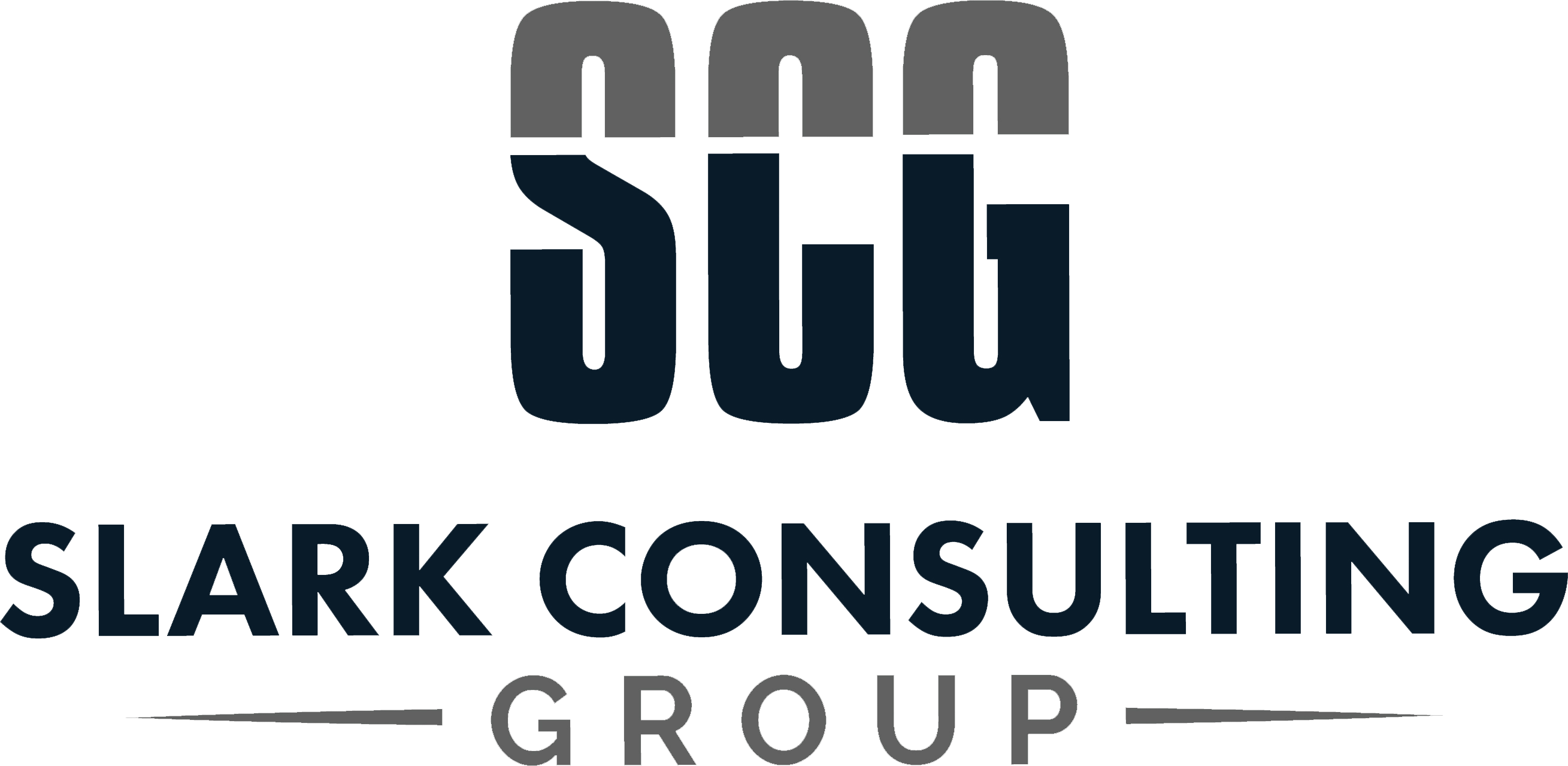Expanding your business by opening a second location is a significant milestone that can offer tremendous opportunities for growth and increased revenue. However, it’s a decision that should not be taken lightly. Before you begin this journey, please consider these five essential factors to ensure your successful expansion.
1. Market Research and Demand Analysis
One of the most critical steps before opening a second location is conducting thorough market research and demand analysis. Please make sure that there is a genuine need for your product or service in the new area.
Let’s look at the case of Starbucks. Before opening each new store, Starbucks conducts extensive market research, considering factors like foot traffic, local demographics, and competitors. By carefully analyzing demand, they’ve opened thousands of successful locations worldwide.
2. Financial Preparedness
Expanding requires a significant financial investment. You’ll need to assess your current financial situation and determine if you have the resources to support a second location.
Domino’s Pizza is an excellent example of a strategically expanded business. Before opening new stores, they invested in technology and infrastructure to improve operations. This allowed them to handle the increased demand effectively.
3. Scalability and Replicability
Could you check whether your business model is scalable and replicable? Can you duplicate your success from the first location in the new one? Standardized processes and procedures are crucial for maintaining consistency across sites.
The fast-food chain McDonald’s is a prime example of a business with a scalable model. They have a well-defined system for everything from food preparation to customer service, making replicating their success in new locations easier.
4. Operational Efficiency and Management
Opening a second location means you must divide your attention between both sites. Would you be ready to manage operations at multiple locations effectively? It’s crucial to have a strong management team or hire capable managers.
Real-Life Example: Zara’s clothing retailer is known for its efficient supply chain and inventory management. This efficiency allows them to maintain consistent stock levels and customer service across their global network of stores.
5. Legal and Regulatory Compliance
Every location may have different legal and regulatory requirements. You must understand and comply with these to avoid legal issues disrupting your expansion.
Real-Life Example: Airbnb faced various legal challenges when expanding into different cities worldwide due to varying regulations on short-term rentals. They had to adapt and comply with local laws to continue operating successfully.
In conclusion, adding a second location to your business is a significant step that can bring substantial rewards when done correctly. You can increase your chances of success by carefully considering market demand, financial readiness, scalability, operational efficiency, and legal compliance. However, it’s crucial to remember that each business is unique, and what works for one may not work for another. Contact Slark Consulting Group to ensure that your expansion plans align with your business goals.
